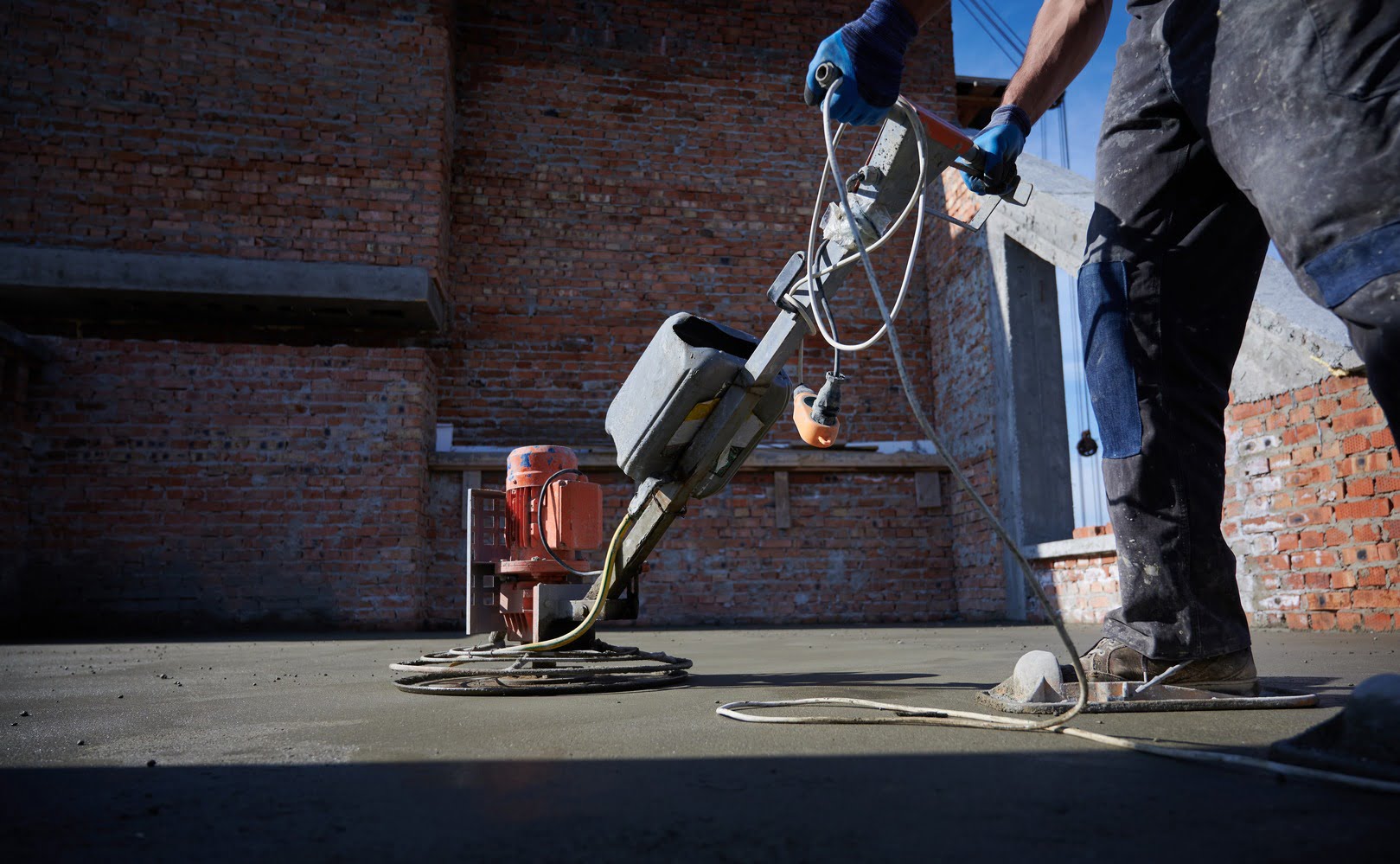Cracked and uneven concrete slabs can be a tripping hazard and an eyesore around your property. But what exactly causes concrete to lift in the first place? This guide will delve into the underlying factors that contribute to concrete slab movement, helping you identify what causes concrete to lift. We’ll also explore the potential effects of neglected lifting and provide solutions for getting your concrete back to a safe and level state.
Table of Contents:
- Understanding Concrete Slab Movement
- Common Causes of Concrete Lifting
- Effects of Concrete Lifting
- Conclusion
Understanding Concrete Slab Movement
Concrete slabs are susceptible to movement due to a variety of factors, both from underlying soil conditions and external influences.
Subsurface Factors
One significant factor contributing to concrete lifting is soil erosion. Over time, soil beneath the concrete slab may wash away, creating empty spaces or voids. These voids weaken the foundation, causing the slab to lose support and potentially lift or settle unevenly.
External Influences
External factors such as changes in moisture levels can also significantly impact concrete slabs. Excessive moisture or water accumulation can soften the soil beneath the slab, leading to instability and eventual lifting. Conversely, drought conditions can cause soil shrinkage, resulting in similar negative effects on the slab’s stability.
Common Causes of Concrete Lifting
Taking a deeper dive into the factors mentioned earlier, let’s explore the common causes of concrete lifting in more detail:
Soil Erosion
- Over time, water or wind can wash away soil particles beneath the concrete slab, creating empty spaces or voids.
- These voids weaken the foundation, causing the slab to lose support and potentially lift or settle unevenly.
- Heavy rainfall, poor drainage around the concrete, or improper grading of the surrounding area can accelerate soil erosion and worsen concrete lifting issues.
Moisture Changes
- Fluctuations in moisture levels significantly impact the soil’s stability beneath concrete.
- Excessive moisture from heavy rain, improper drainage, or plumbing leaks can soften the soil, reducing its ability to support the concrete slab and leading to uplift or settlement.
- Conversely, drought conditions can cause the soil to shrink, creating similar problems for the concrete surface.
Poor Installation
- Improper installation practices like inadequate soil compaction or insufficient reinforcement can contribute to concrete lifting later on.
- If the soil base isn’t properly compacted before pouring the concrete, it becomes more likely to shift and settle over time, affecting the slab’s stability.
- Additionally, improper mixing or curing of the concrete itself can lead to structural weaknesses, making the slab more prone to lifting.
Tree Root Growth
- Tree roots growing beneath concrete slabs exert significant pressure on the soil, causing it to shift and the slab to lift.
- As tree roots expand in search of water and nutrients, they can disrupt the soil structure and create voids under the slab.
- This pressure from tree roots can gradually lift the concrete surface, especially in areas with dense vegetation or mature trees.
Freeze-Thaw Cycles
- In regions with freezing temperatures, freeze-thaw cycles (the process of freezing and thawing that occurs in climates with fluctuating temperatures) can damage concrete surfaces.
- When water seeps into cracks or pores in the concrete and freezes, it expands, putting pressure on the surrounding material and causing it to crack or lift.
- Repeated freeze-thaw cycles can worsen existing damage and lead to significant lifting of concrete slabs, particularly in areas with poor drainage or improper sealing.
Heavy Loads
- Excessive weight or heavy loads placed on concrete slabs can exceed their designed capacity, leading to stress and deformation.
- This can result in localized lifting or cracking of the slab, especially in areas where the load is concentrated, such as driveways, parking lots, or industrial facilities.
- Factors like overloading, traffic congestion, or improper weight distribution can worsen the problem and accelerate concrete lifting issues.
Effects of Concrete Lifting
Neglecting concrete lifting can lead to several negative consequences:
Structural Damage
Uneven concrete slabs can compromise the structural integrity of buildings, walkways, driveways, and other structures. This can lead to cracks in walls, misaligned doors or windows, and even foundation problems, all requiring costly repairs.
Safety Hazards
Raised or uneven concrete surfaces create a tripping hazard, increasing the risk of slips, falls, and other potential injuries. This is especially concerning for areas with high foot traffic or around uneven driveways and walkways.
Aesthetic Concern
Lifting or settling concrete slabs can detract significantly from the visual appeal of a property. This can affect the overall attractiveness and potentially even the property value.
Conclusion
By understanding the causes of concrete lifting, you can take proactive steps to prevent it or address it promptly. Early intervention can save you money on repairs and prevent potential safety hazards. If you’re noticing uneven concrete slabs around your property, a professional inspection is recommended. Ener-Spray offers a free consultation to assess your concrete lifting needs and discuss effective, long-lasting solutions.
